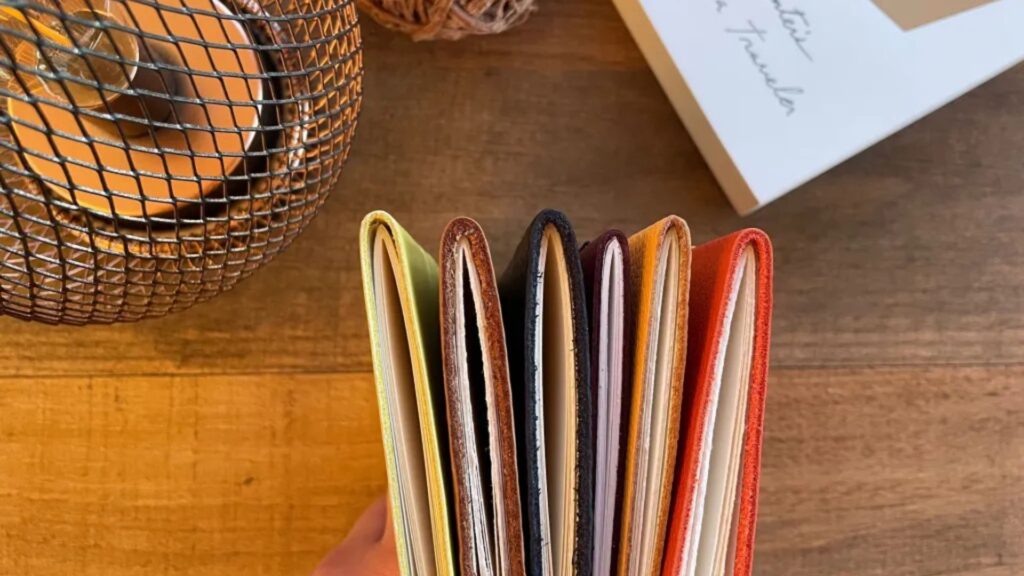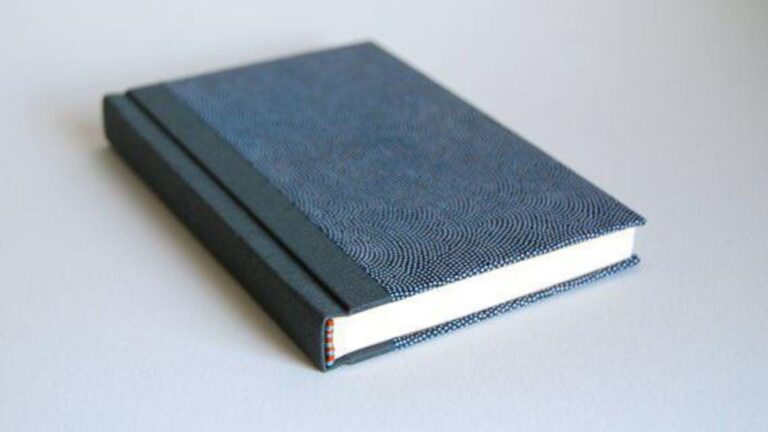
Bookbinding—whether DIY or professional—requires precision, planning, and attention to detail. While binding may seem straightforward, many people make avoidable mistakes that affect the durability, appearance, or function of their final product. Whether you’re creating a simple booklet or producing a high-quality portfolio, understanding common binding mistakes can help you achieve better results every time.

Using the Wrong Binding Method for the Project
One of the most frequent errors is choosing an inappropriate binding method for the type or size of the document.
Mistake:
Using saddle stitching for a 100-page manual or choosing perfect binding for a thin 10-page report.
How to Avoid It:
Match the binding method to the page count, use-case, and audience. Use saddle stitch for documents under 64 pages, spiral binding for flexible manuals, and perfect or thermal binding for formal presentations with higher page counts.
Ignoring Page Margins for Binding
Incorrect margins can result in text or images getting too close to or cut off by the binding edge.
Mistake:
Designing a document without accounting for binding gutter space, especially for spiral or comb binding where holes are punched.
How to Avoid It:
Add extra margin on the binding edge during the design phase:
-
0.5″ to 1″ for spiral or comb binding
-
0.25″ to 0.5″ for perfect or thermal binding
This ensures no important content gets lost in the binding area.
Overloading the Binding Capacity
Trying to force too many pages into a binding method not designed for heavy content compromises both the look and functionality.
Mistake:
Overstuffing a saddle-stitched booklet or selecting a comb or coil that’s too small for the page count.
How to Avoid It:
Always check the recommended page limit for your chosen binding type. Use online calculators or manufacturer guidelines to select the appropriate binding spine size.
Misaligned or Uneven Pages
Misalignment is a common and frustrating mistake, especially in DIY projects, leading to a crooked finish or exposed inner pages.
Mistake:
Stacking or folding pages unevenly, or punching holes that don’t line up properly.
How to Avoid It:
-
Use alignment guides when folding or punching holes.
-
Tap the pages on a flat surface before binding to ensure they are flush.
-
Use clips or clamps to hold pages together securely while working.
Rushing the Gluing Process (Perfect/Thermal Binding)
Perfect and thermal binding depend on a strong adhesive bond. Rushing this process can lead to loose pages or brittle spines.
Mistake:
Applying too little glue, not allowing glue to dry fully, or disturbing the spine before it’s set.
How to Avoid It:
-
Use the right type of glue, such as PVA for bookbinding.
-
Apply glue evenly across the spine.
-
Allow ample drying time (at least a few hours under weight) to ensure a strong, lasting bond.
Skipping Test Prints or Prototypes
Jumping straight into final production without testing can result in costly errors or wasted materials.
Mistake:
Printing and binding without checking layout, alignment, or color accuracy.
How to Avoid It:
Always create a test copy first. Check for errors, binding alignment, margin spacing, and overall appearance before finalizing the batch.
Choosing Low-Quality Materials
Cheap paper, weak glue, or flimsy covers can undermine an otherwise well-bound document.
Mistake:
Using poor-quality paper that tears easily or glue that doesn’t bond well.
How to Avoid It:
Invest in bookbinding-grade materials—even for DIY projects. Use heavier-weight covers, acid-free paper, and archival-safe adhesives for long-term projects.
Conclusion
Avoiding common binding mistakes isn’t difficult—it just requires a bit of preparation and attention to detail. By selecting the right binding method, ensuring proper alignment and margins, using quality materials, and giving each step the time it needs, you can consistently create documents that look professional and last longer. Taking the extra time up front saves time, money, and frustration later on.






